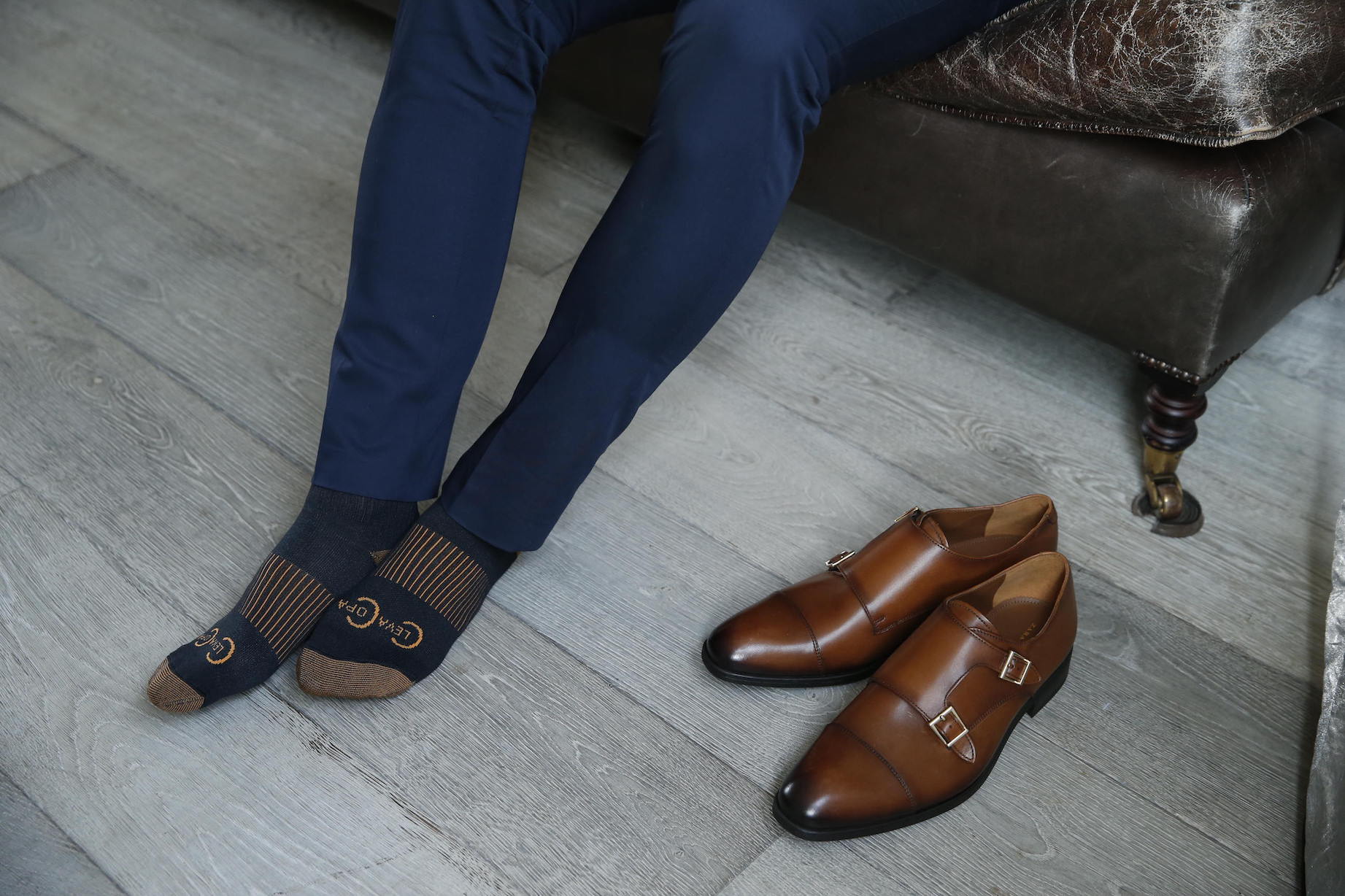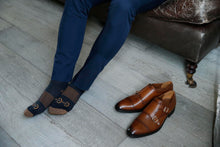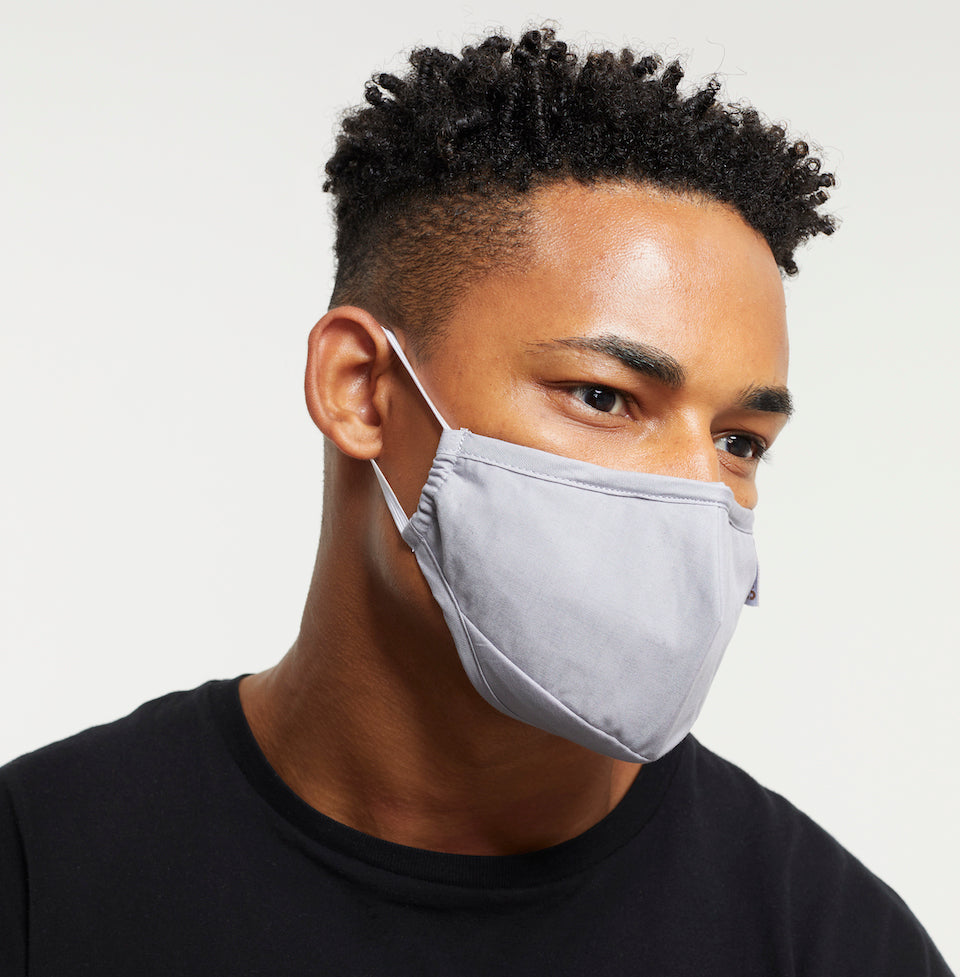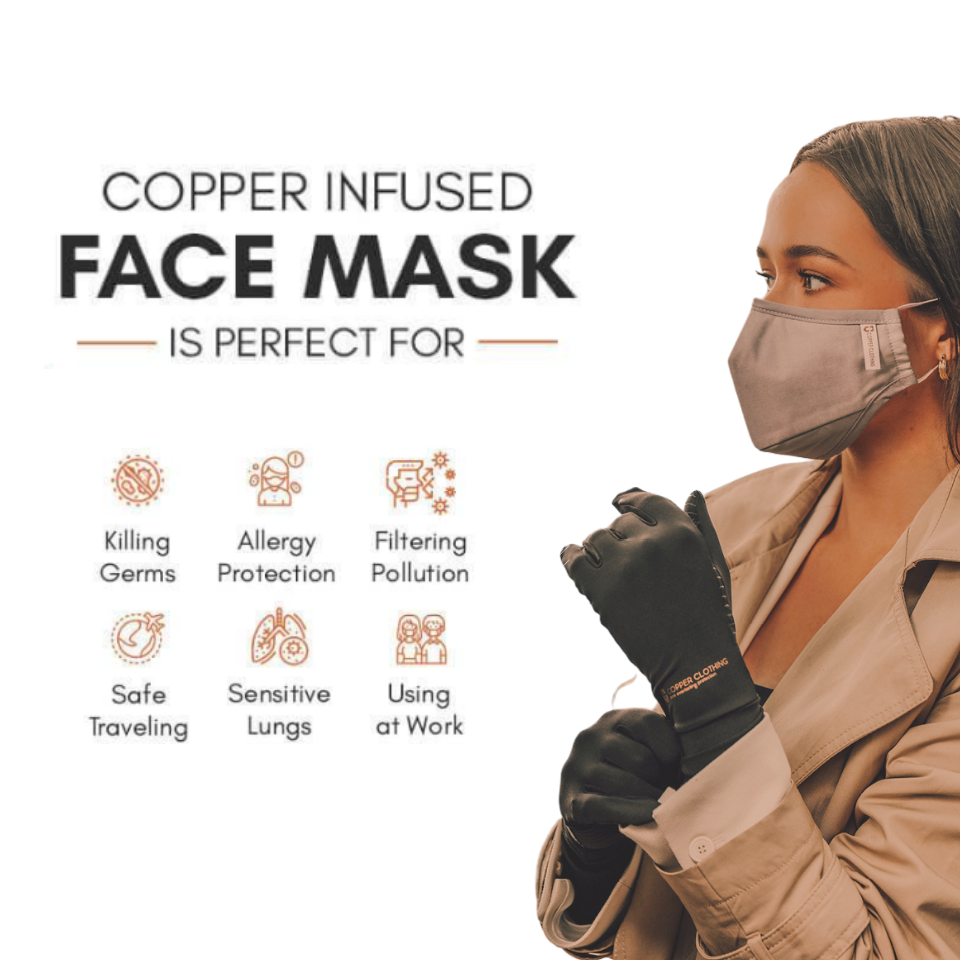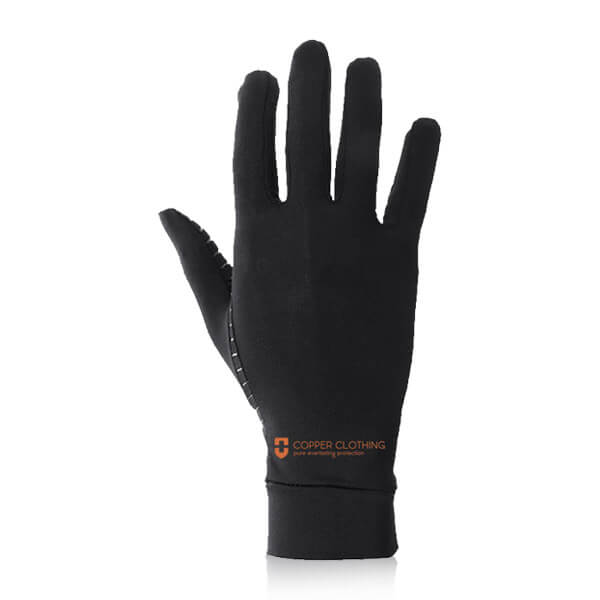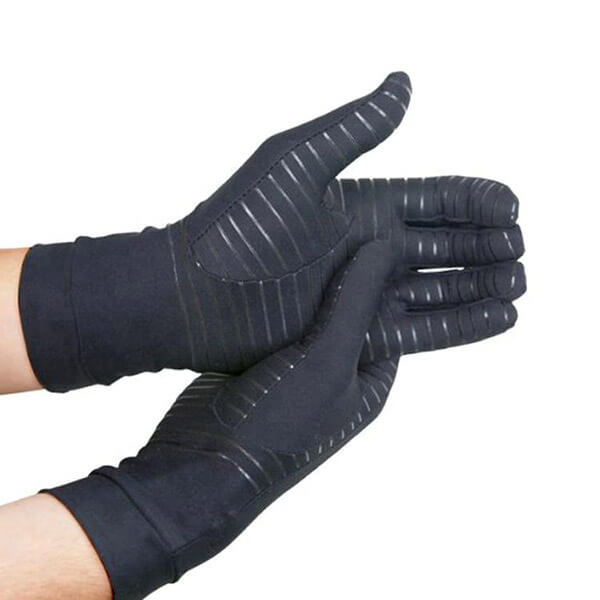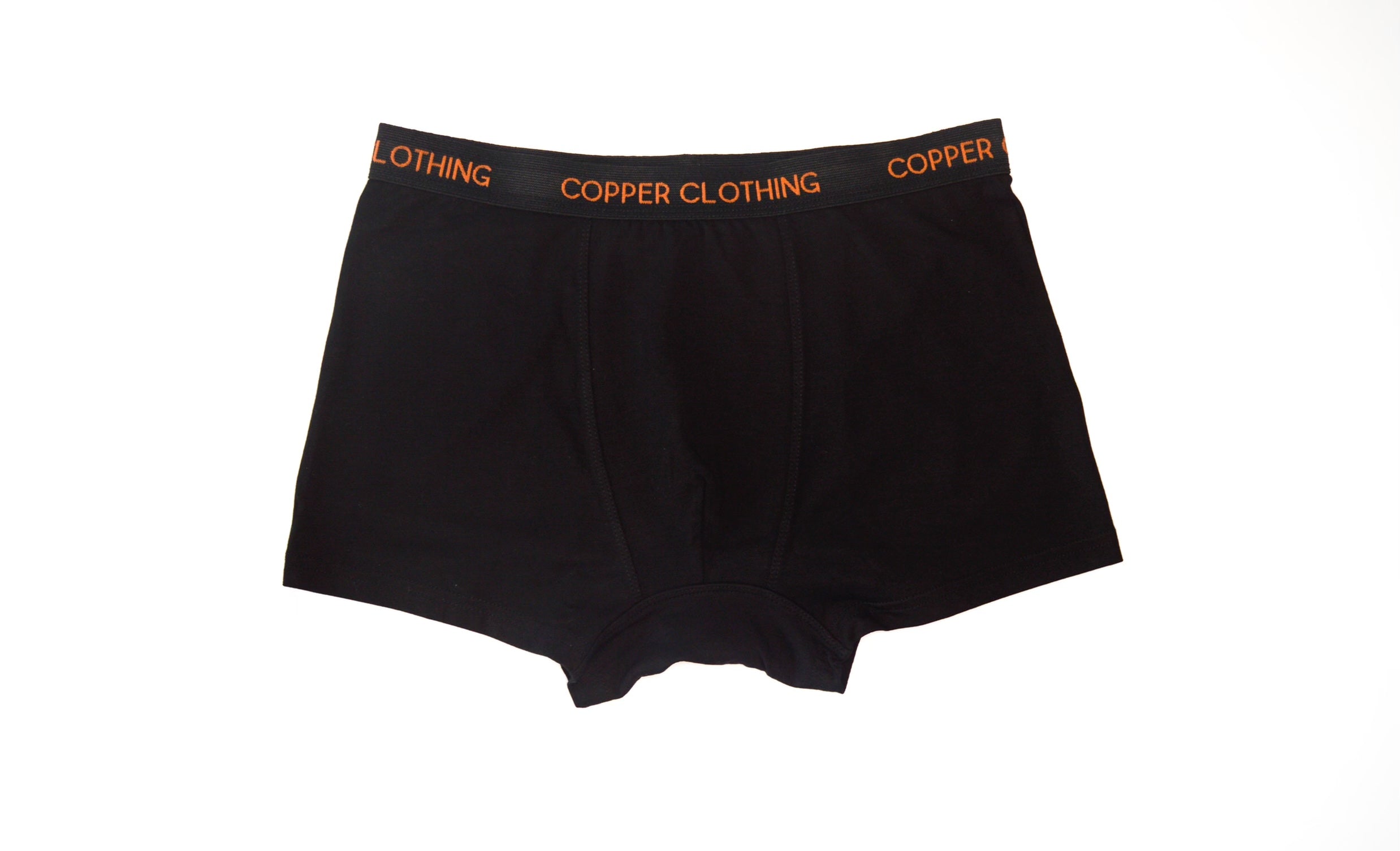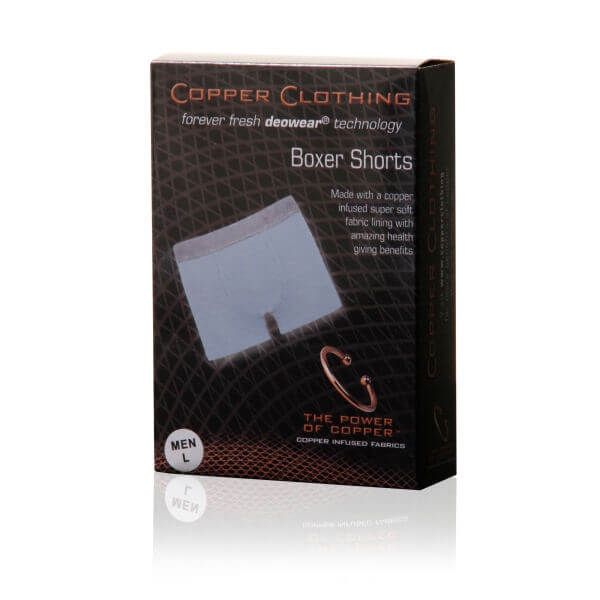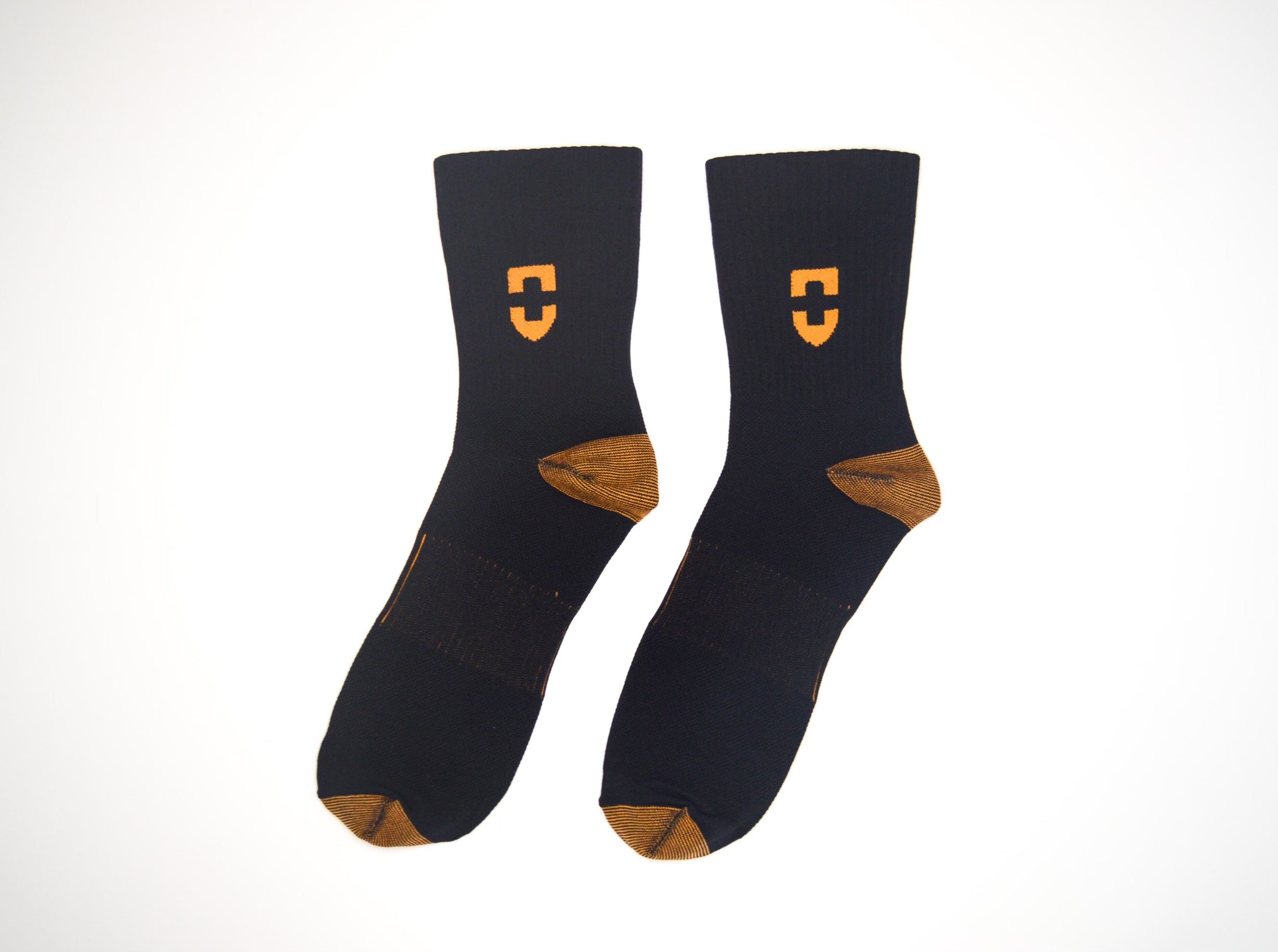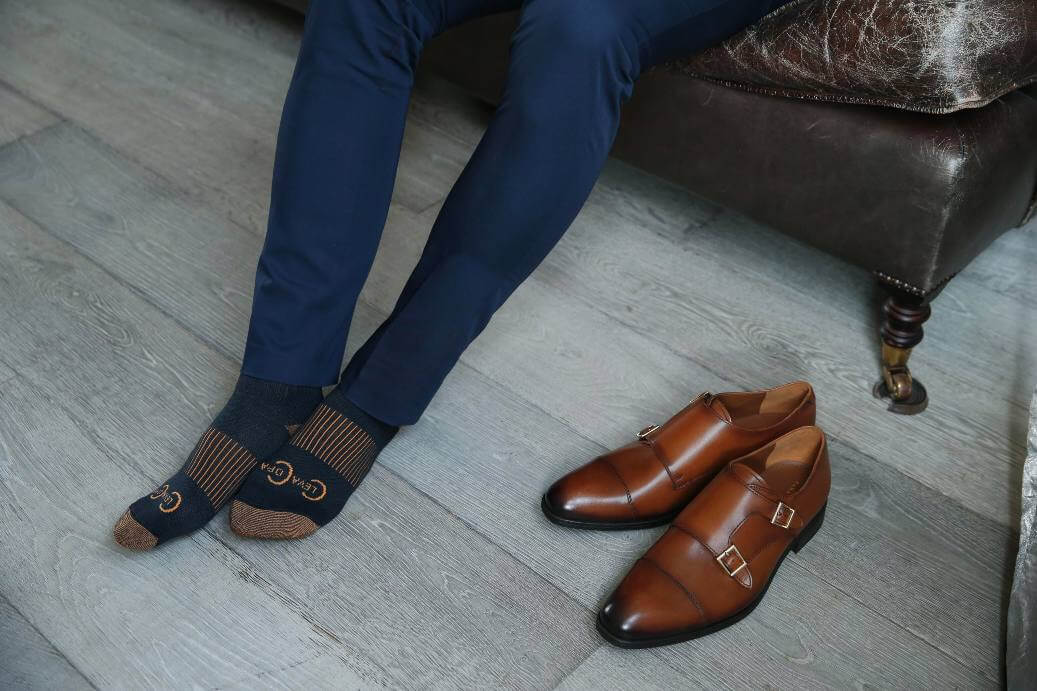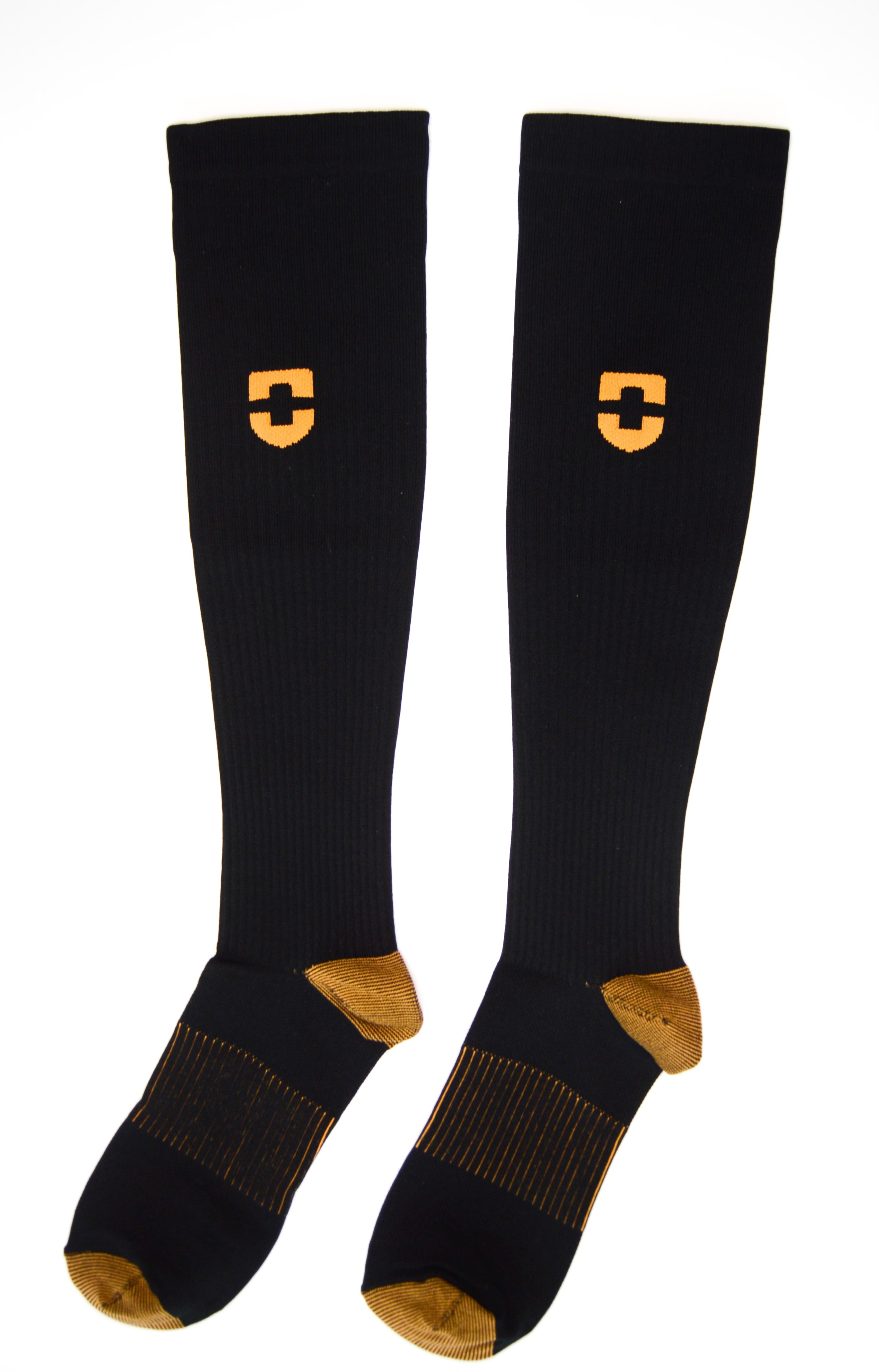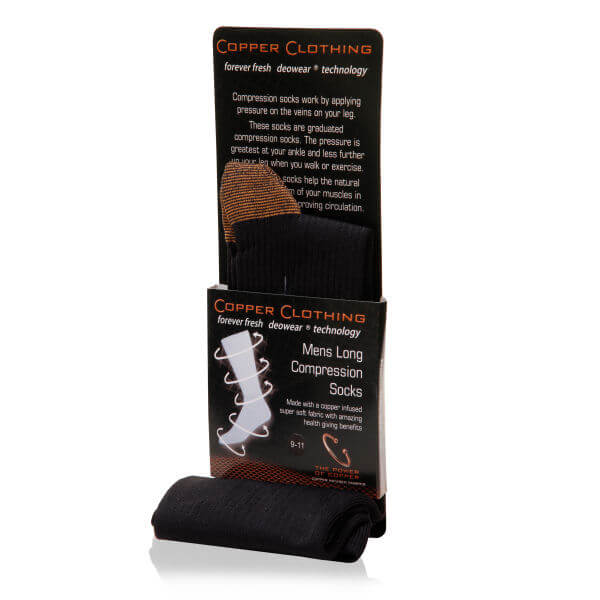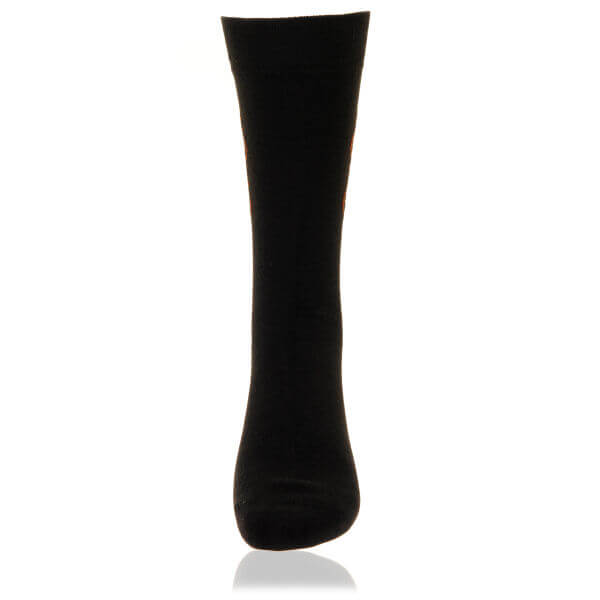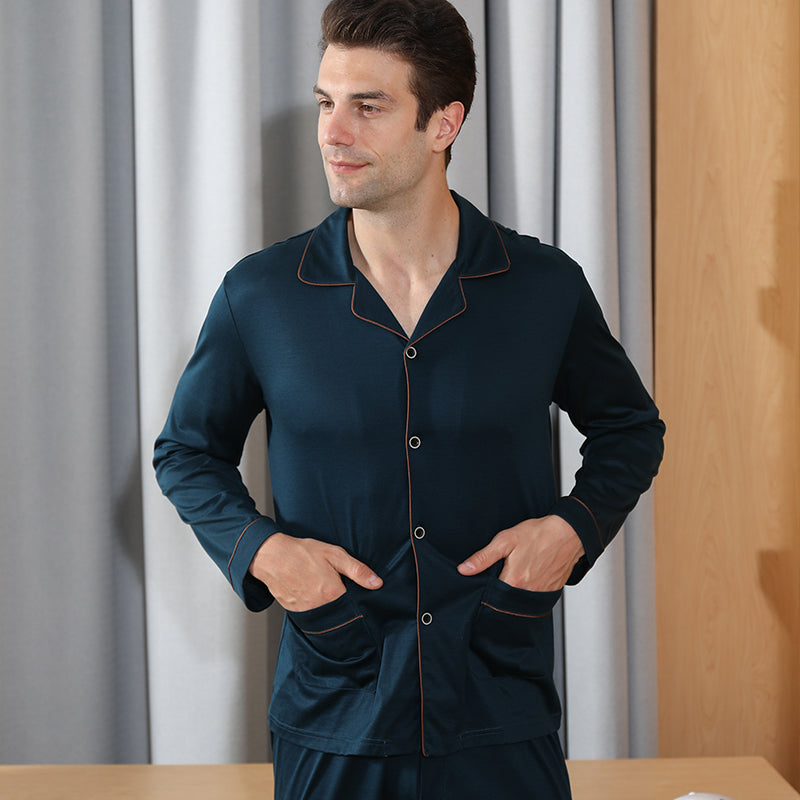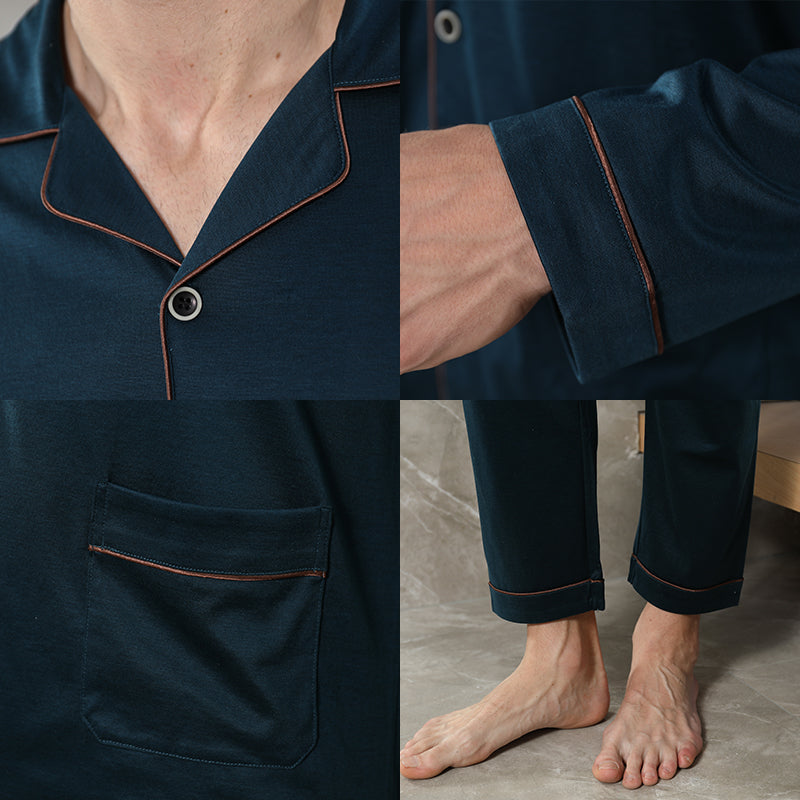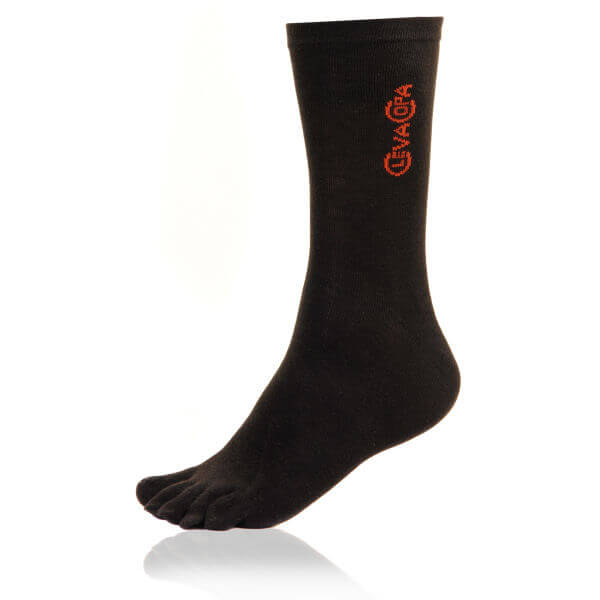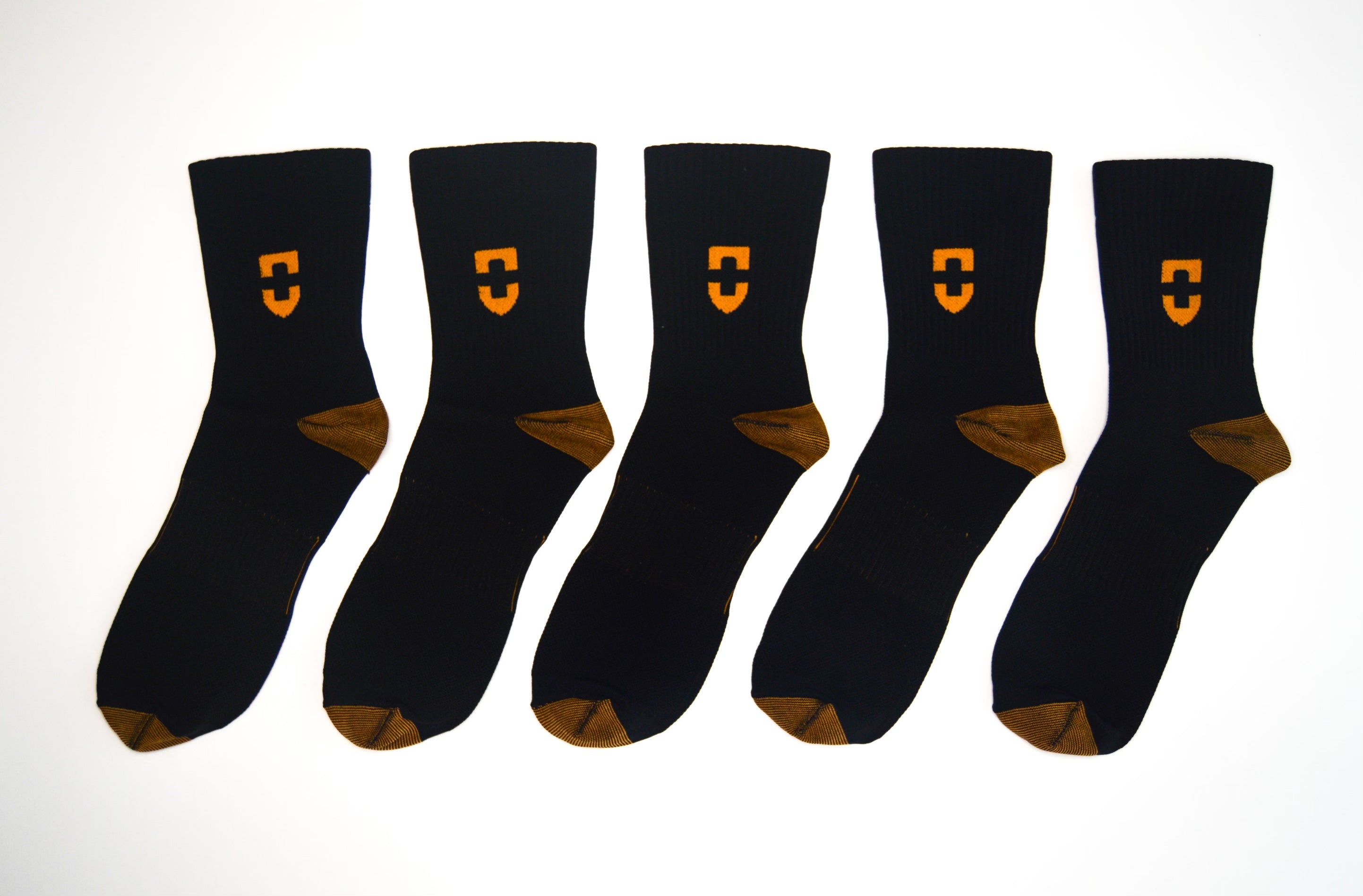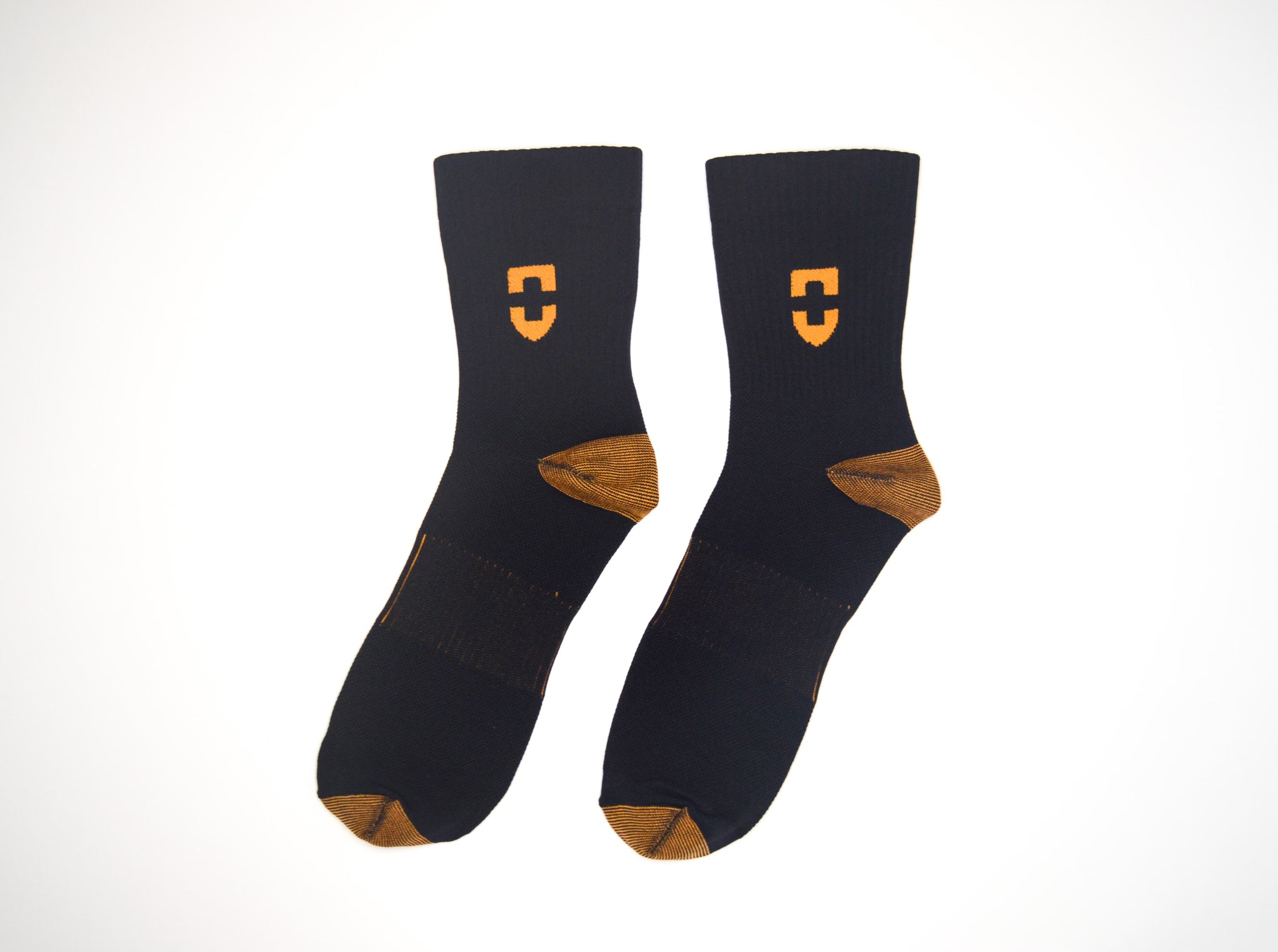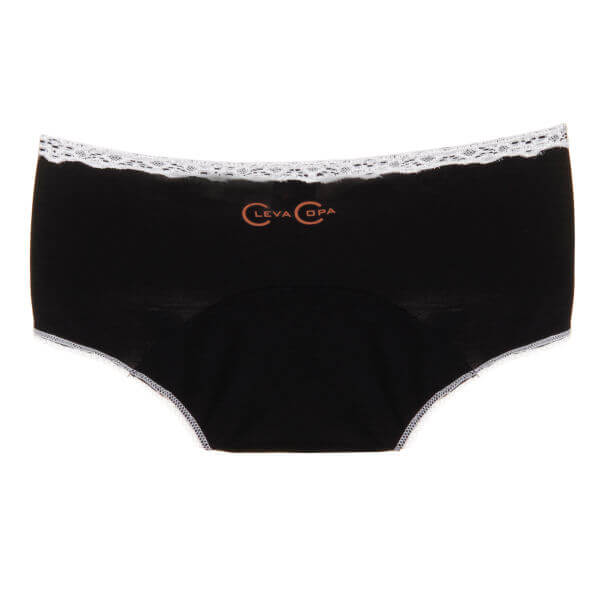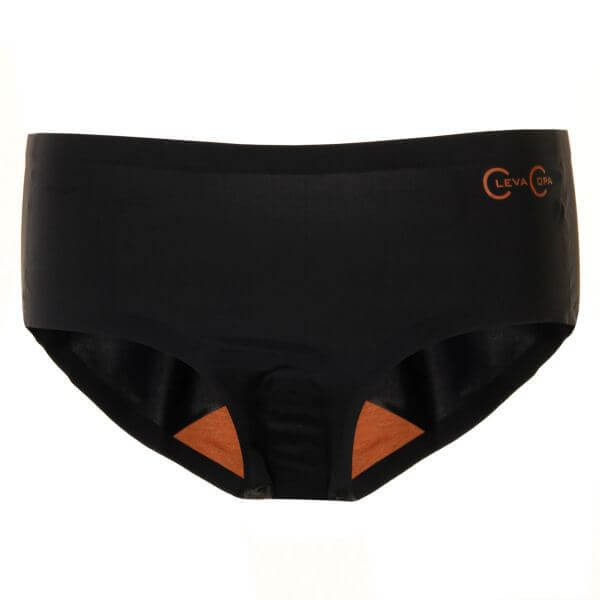How Does Compression Socks Help With Plantar Fasciitis?
Published
September 15 2025
Plantar fasciitis can make even simple tasks, like getting out of bed or going for a morning walk, painful. Heel pain caused by this condition is often sharpest with your first steps of the day and can continue throughout the day. One supportive option beyond traditional treatments is wearing compression socks for plantar fasciitis.
These specialised socks don’t just relieve discomfort. They actively promote recovery. Let’s explain what plantar fasciitis is and how compression socks can help manage it.
What is Plantar Fasciitis?
Plantar fasciitis is one of the most common causes of heel pain. It happens when the plantar fascia, a thick band of tissue running across the bottom of your foot, becomes inflamed. This tissue supports the arch of your foot, and when it gets strained or overstretched, tiny tears can form, leading to pain and stiffness.
What are the Risk Factors/Causes of Plantar Fasciitis?
The primary risk factors for plantar fasciitis include the following:
-
Ageing: Older people are more prone to getting plantar fasciitis due to the degeneration of the plantar fascia with age.
-
Obesity: If your body weight is heavier than normal, it increases the pressure on your heel and plantar fascia, resulting in plantar fasciitis. The risk level increases in the event of sudden weight gain.
-
Physical Activity: The wear and tear of the plantar fascia automatically increases if you are often physically active or indulge in athletic sports.
-
Occupation: The jobs that require you to walk or stand for a long time put you at risk of plantar fasciitis. For instance, a retail store employee, nurse, or a waiter.
-
Pregnancy: Pregnant women can develop plantar fasciitis in the third trimester due to increased weight.
-
Foot Structure: Abnormality in foot structure, such as a tight Achilles tendon, high arches, or flat feet, also causes plantar fasciitis.
What are the Symptoms of Plantar Fasciitis?
These are some of the most common symptoms of plantar fasciitis, which often worsen with prolonged standing, walking, or intense activity:
-
Tenderness when pressing the bottom of the heel
-
Discomfort while climbing stairs or standing on tiptoes
-
Sharp pain at the heel, especially with the first steps in the morning
-
Increased pain after long-standing or physical activity
-
Heel stiffness that worsens after periods of inactivity
How Do Compression Socks Help With Plantar Fasciitis?
If you are wondering, do compression socks help with plantar fasciitis? The answer is yes! Here’s how:
-
Corrects Your Alignment
Compression socks reduce the mobility of your feet by providing support to arches and ankles. They cradle the arch of the foot, giving it extra support to relieve pressure on the fascia. Thus, your alignment gets improved, and foot tissues don’t get stressed. They also help in preventing injuries due to exercising in a bad posture.
Step into comfort and health! Switch to copper compression socks and enjoy natural antimicrobial protection, improved circulation, and all-day freshness that regular socks can’t match.
Buy Now-
Controls Inflammation & Muscle Damage
Compression socks can help reduce the inflammation due to plantar fasciitis. They do pain management and control muscle damage, which is crucial for the treatment of plantar fasciitis. Compression socks also prevent oxidative stress.
-
Facilitates Healing Process
Your doctor prescribes rest to recover. Plantar fasciitis compression socks work to improve blood circulation during your resting time. This expedites the natural healing process of your body. Better blood flow ensures more oxygen and nutrients reach the plantar fascia, speeding recovery and reducing stiffness.
-
Prevents Recurrence
Consistent use of compression socks can help prevent flare-ups of plantar fasciitis by providing daily support to your heel and arch.
-
Supports Your Veins
These socks also improve circulation in the legs, lowering the risk of spider and varicose veins. They are especially helpful for those who stand or sit for extended periods.
Graduated Compression Socks vs. Plantar Fasciitis Compression Socks
Regular or graduated compression socks are designed to treat circulatory issues like varicose veins and swelling. The compression in these socks is tightest at the ankle and loosest at the top of the socks. This is not the ideal type of compression for plantar fasciitis.
On the contrary, compression socks for plantar fasciitis come with a compressive sleeve around the arch of your foot. This sleeve supports the arch of your feet by putting the right amount of pressure.
What are the Effective Tips to Wear Compression Socks for Plantar Fasciitis?
Wearing compression socks the right way can make a big difference in managing plantar fasciitis. Here are some effective tips to get the most out of your compression socks:
-
Select the Proper Compression
Choose the right compression level, depending on your comfort level and condition
-
Verify the Fit Correctly
Your socks shouldn't be too tight, but they should fit snugly. Effective support without limiting circulation is ensured by a correct fit.
-
Put on Compression Socks All Day
They work best when worn all day, especially when standing or walking for extended periods of time.
-
Put on Supportive Footwear
For optimal relief, wear your socks with supportive, cushioned shoes.
-
Frequently Change Your Socks
Replace your socks as advised, or every few months to preserve suppleness and hygiene.
What to Look for in Compression Socks for Plantar Fasciitis
Not every pair of socks produces the same outcomes. When purchasing plantar fasciitis compression socks, be sure to check for:
-
Material: Choose materials like spandex or nylon that are breathable and moisture-wicking. Options with copper added offer odour-resistant and antibacterial properties.
-
Fit and Comfort: A decent pair shouldn't roll down or pinch your foot. It should hug it comfortably.
-
Sturdiness: Even after several washings, premium socks keep their structure and compression.
-
Specific Compression: Instead of socks that only compress your legs, look for ones that especially support your arch and heel.
Copper Compression Socks for Plantar Fasciitis
Along with all these benefits of plantar fasciitis socks, you can get the following additional benefits of copper by opting for copper-infused compression socks:
-
Copper compression socks come with anti-microbial, anti-odour, and anti-inflammatory properties.
-
Copper ensures firm, soft, and healthy skin.
-
Copper compression socks further improve your blood circulation.
-
Copper manages the moisture of your feet by keeping them dry.
-
Copper compression socks are durable & long-lasting.
-
Copper enhances the thermal regulation of your feet.
-
Copper compression socks are usually made from all-natural and chemical-free materials.
Click here to find out how much compression you need according to your health condition and measurement.
Start Your Journey to Pain Relief With Compression Socks
Heel pain doesn’t need to hold you back. With the right pair of compression socks, you can walk, run, and stand with greater comfort.
Copper Clothing offers advanced copper-infused designs that provide all-day support, helping you recover faster while staying fresh.
Click here to buy natural, environment-friendly, safe, and anti-microbial copper compression socks from Copper Clothing.
FAQs
-
Can I wear plantar fasciitis socks to bed at night?
Yes, you should wear these socks to bed. The pain of plantar fasciitis is worse when you take the first few steps in the morning. Compression socks help reduce that pain by providing mild arch support and compression.
-
Is it fine to wear compression socks with custom orthotics?
There is no harm in wearing compression socks with custom orthotics as long as you feel comfortable. But it would be best to ask your doctor before wearing them together to make sure they are not conflicting with each other’s healing effects.
-
How frequently should compression socks be worn?
Wear your socks for most of the day and take them off at night for optimal effects. High-quality socks for plantar fasciitis are made to last for an extended time without causing pain.
-
What more can I do to reduce pain besides wearing compression socks for plantar fasciitis?
The advantages of compression socks can be enhanced by easy workouts like rolling your foot over a frozen water bottle, stretching your calf, or stretching with a towel.
-
Who is not a good candidate for compression socks?
Compression socks are not recommended for people with severe peripheral artery disease, skin infections, or specific cardiac disorders. See your physician before using them if you have long-term health issues or circulation issues.
Key Takeaways: How Do Compression Socks Help With Plantar Fasciitis?
-
Compression socks for plantar fasciitis reduce heel pain, improve circulation, and support faster recovery.
-
They provide targeted arch and heel support, preventing the recurrence of symptoms.
-
Copper-infused socks add antibacterial and odour-resistant benefits for long wear.
-
Wearing them daily with proper shoes and fit ensures maximum comfort and relief.
-
Best suited for athletes, travellers, pregnant women, and anyone managing plantar fasciitis pain.


